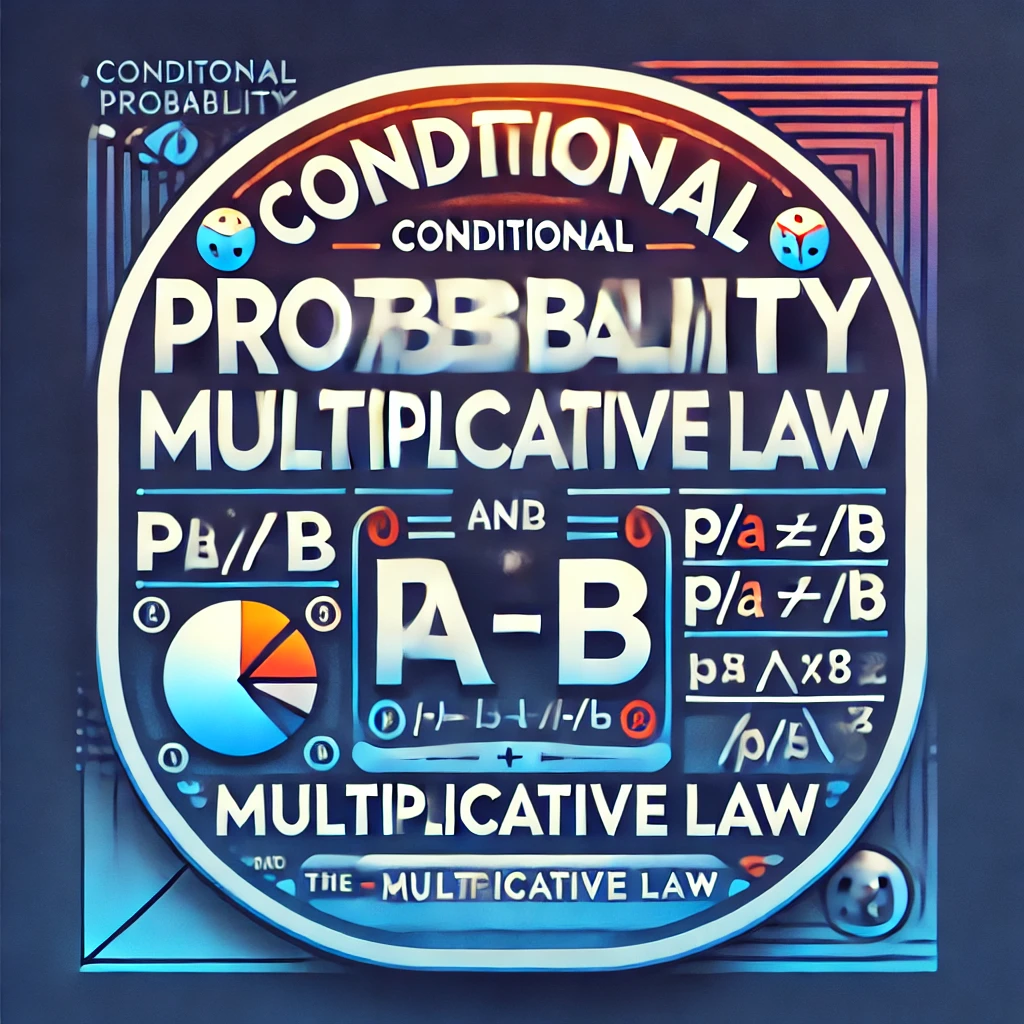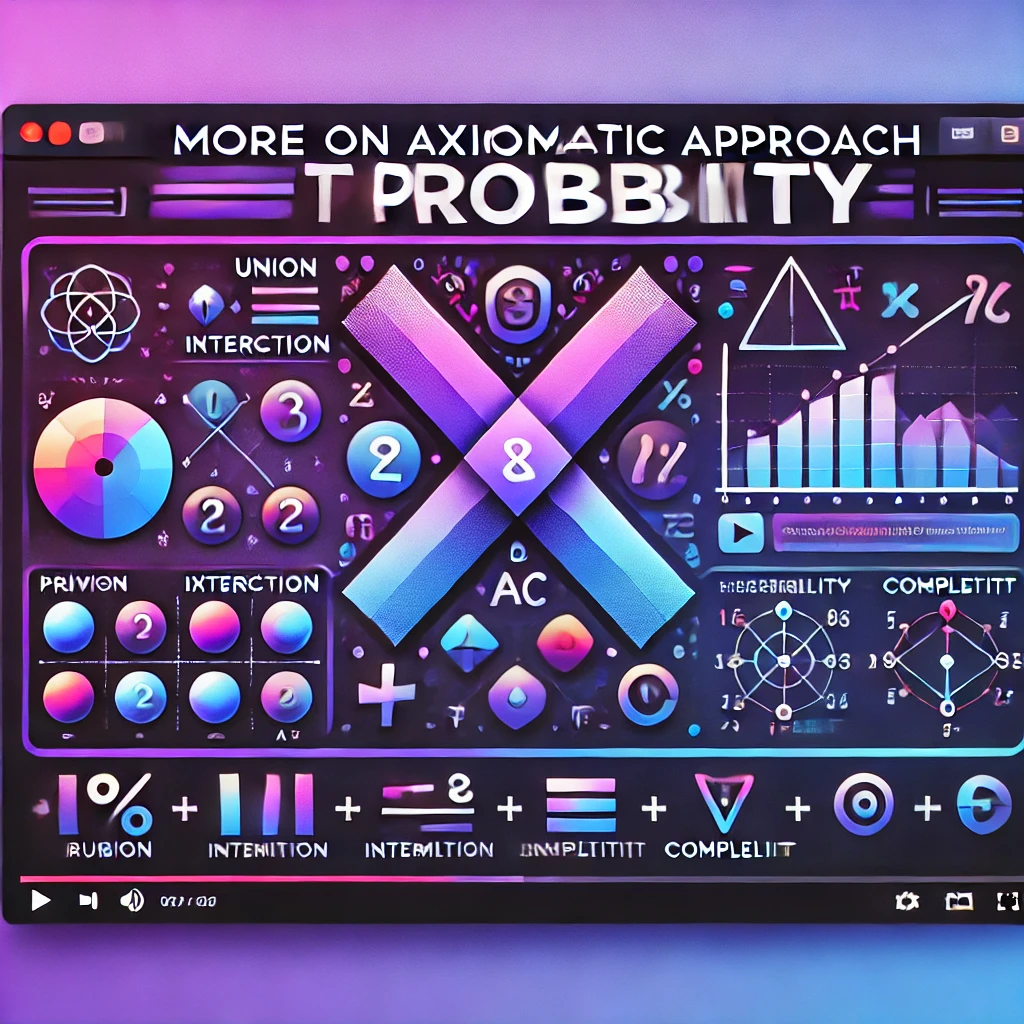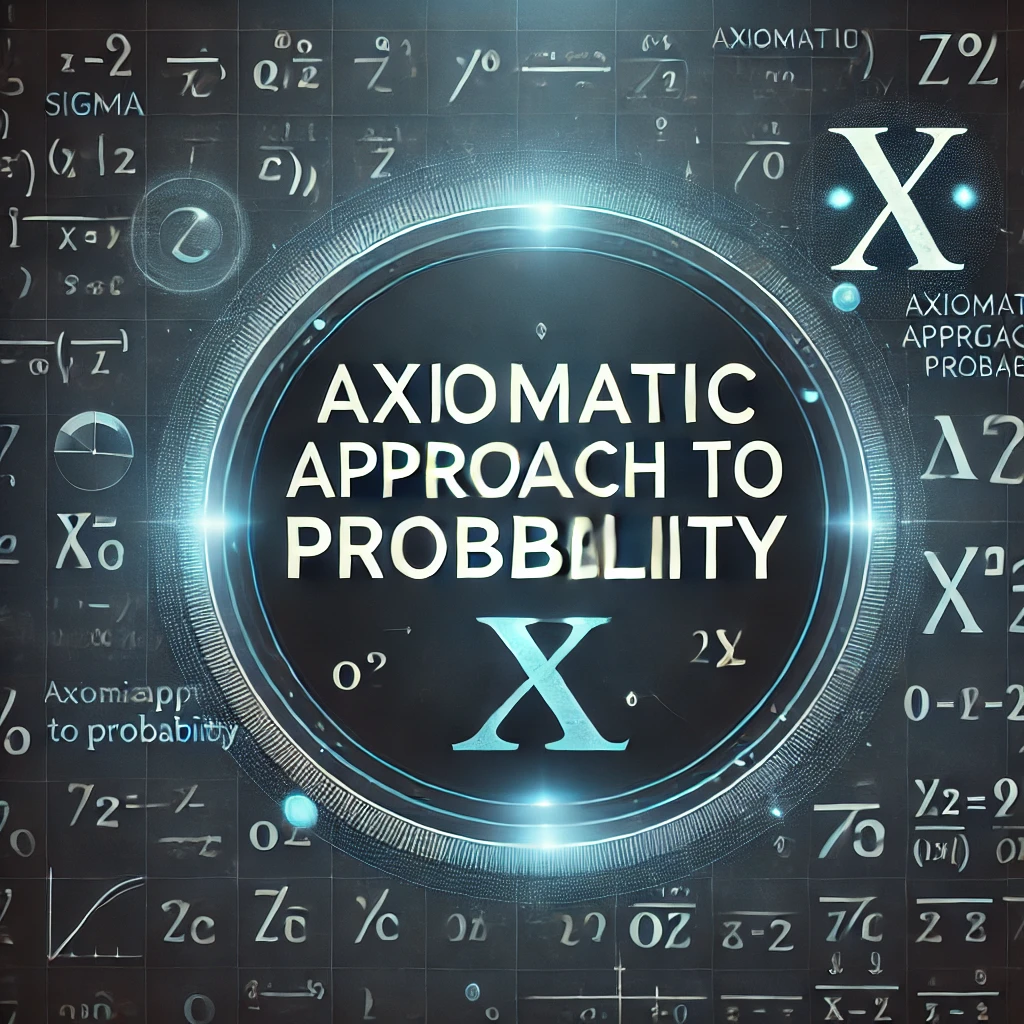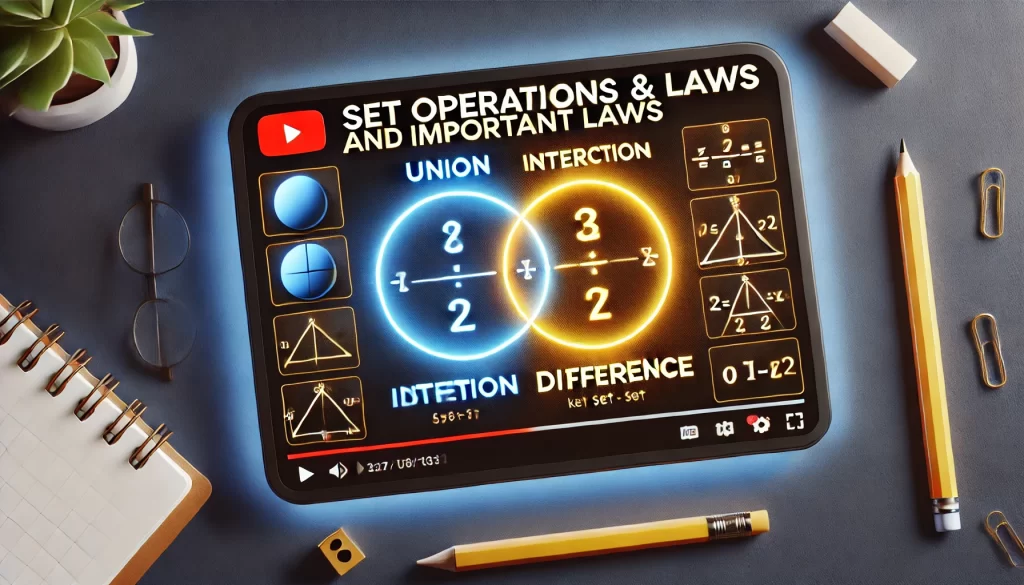Bayes’ Theorem and Examples | Data Science & AI
Bayes’ Theorem and Examples Formula The formula for Bayes’ Theorem is given by: $$ P(E_i | A) = \frac{P(E_i) P(A | E_i)}{\sum_{j=1}^{n} P(E_j) P(A | E_j)} $$ Key Terminology \(E_i\) are hypotheses or possible causes. \(P(E_i)\) is the prior probability of \(E_i\). \(P(E_i | A)\) is the posterior probability of \(E_i\). The denominator ensures […]
Bayes’ Theorem and Examples | Data Science & AI Read More »






